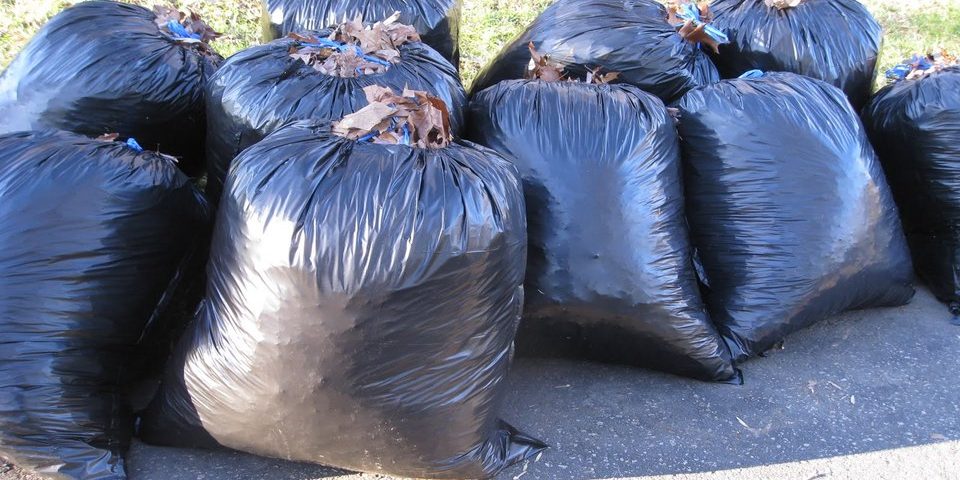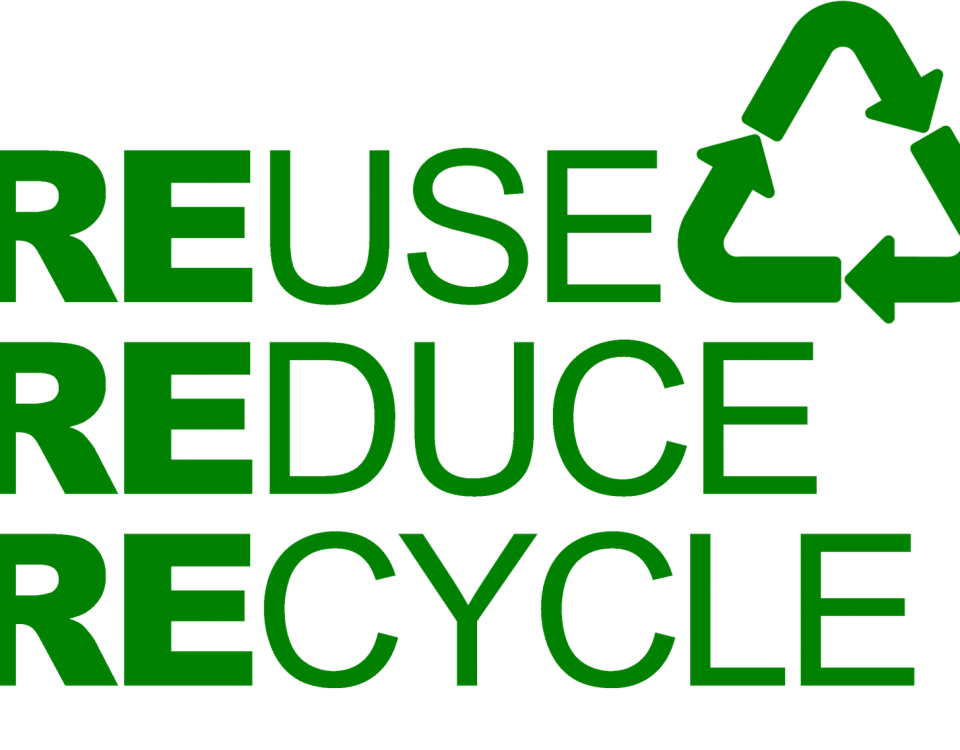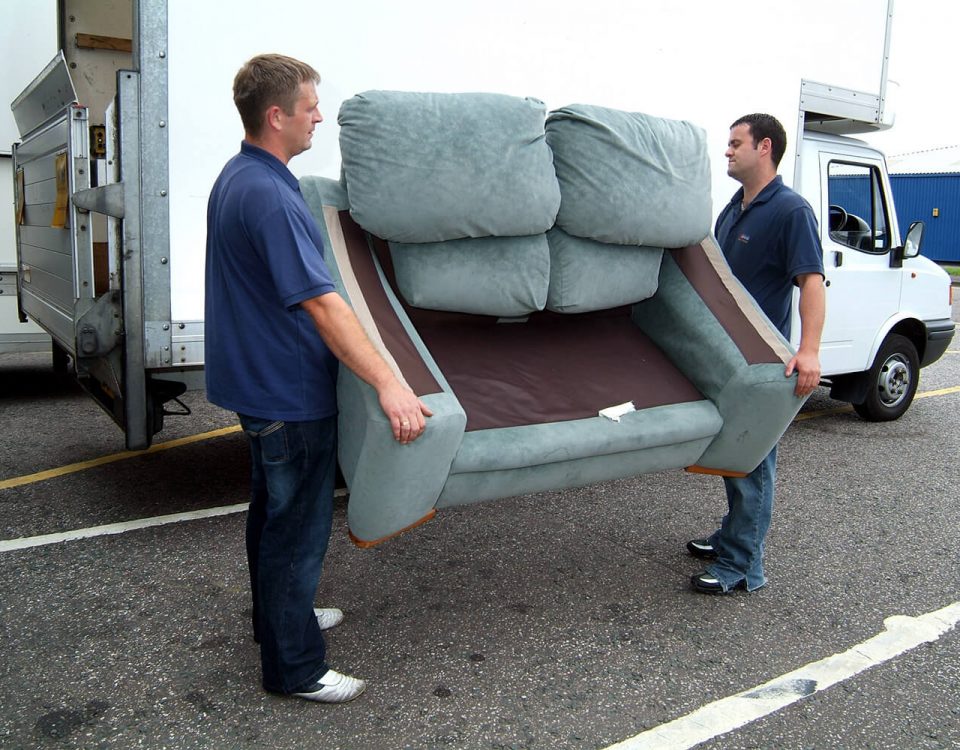Basic guidelines for disposal
Waste is generated in every human activity, but with industrialisation and urbanisation of human civilisation, waste generation has gained a tremendous pace and disposal of all this garbage has posed a problem. Garbage has been filling up large amounts of land and polluting every aspect of the environment such as air, water and land. To combat this problem junk has been classified into several categories and separate routes for disposal of each type have been devised. Adhering to these basic guidelines of disposal may bring down environmental pollution and degradation to some extent.
Types of garbage and their disposal
- Recyclable Garbage
- Reusable garbage
- Compostable and biodegradable rubbish
Domestic
All the plastic and tin cans and bottles, glass bottles and jars, electronic junk, paper, cardboard etc make up household junk. Paper is the most reused material and almost all the paper used can be recycled to produce new paper. Plastic and tin containers can also be recycled to produce new containers. Even most of the glass junk can be recycled to produce new glass bottles and containers. Electronic and electrical junk need to be disposed of in accordance with the WEEE norms which has set a target of reusing at least 4 kg of material per person per year.
Commercial
Commercial reusable garbage consists of huge amounts of paper, plastic, electronic and electrical material. While paper and plastic can be recycled, parts of electronic and electrical junk too can be recycled to produce new material to be used in consumable goods.
Construction
Construction and demolition rubble is a natural fallout of construction and renovation works. Most of the concrete and brick can be made use of in construction sites while plumbing fixtures can be sent for recycling.
Domestic
The rubbish generated from your garden, leftovers of foods and other organic rubbish is all biodegradable. All the vegetable peels, egg shells, leaves, and even papers can be formed into compost and used as fertiliser.
Commercial
The waste food and food scraps generated from hotels and restaurants comprise the bulk of biodegradable rubbish and they can be a good source of organic fertilisers.
Medical garbage
The rubbish generated in hospitals and nursing homes out of diagnostic and follow-up procedures is known as medical waste. This is mostly very harmful in nature and must always be incinerated at high temperature to stave off infections to the general population.
Hazardous rubbish
Rubbish that contains varying amounts elements hazardous to life and environment is known as hazardous rubbish.
Domestic hazardous rubbish
The rubbish generated in households contain a minimal amount of hazardous material. Spent batteries, chemical paints, acids etc are some of the items that may turn up along with household waste. However, there are different procedures for dealing with such waste. While batteries can be drained carefully and metals from them recycled, acids and chemical paints must be stored safely.
Commercial hazardous junk
Most of the hazardous waste is generated in commercial premises, and they include highly toxic, inflammable, irritant, corrosive and even carcinogenic substances. These elements should be stored and stabilised after undergoing physiochemical treatments or regenerated through distillation or other processes and stored.
About the Author

Josh Clarke is associated with clear it Waste from the last six years. Clear it Waste is an organisation that is involved in Waste Collection London. They take care of all Rubbish collection needs within the London area for people who need their homes and commercial establishments clean and green.








